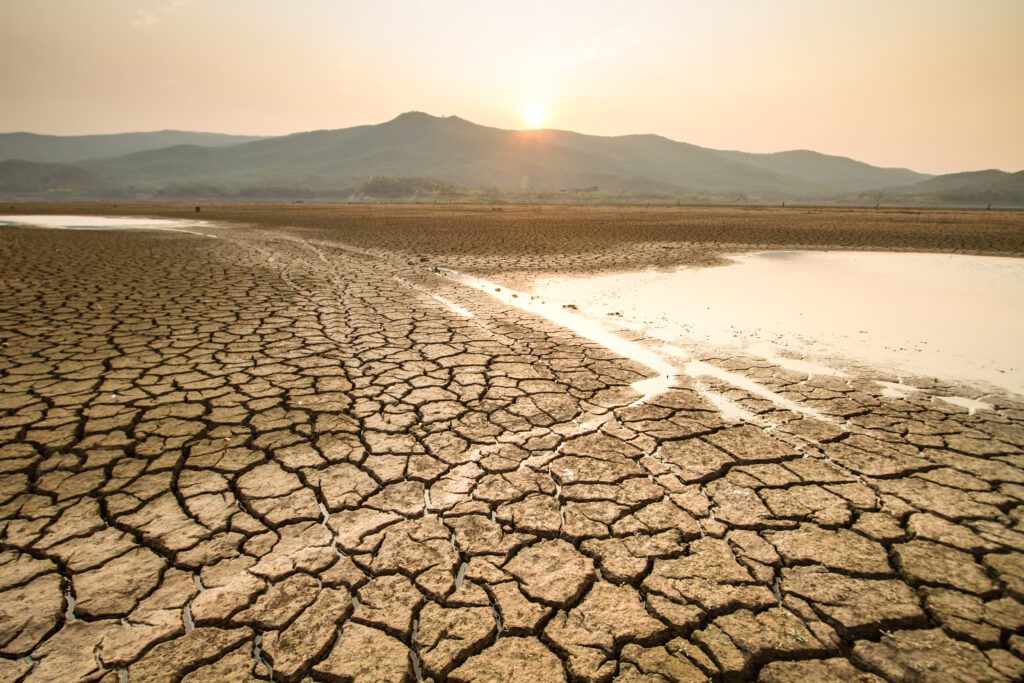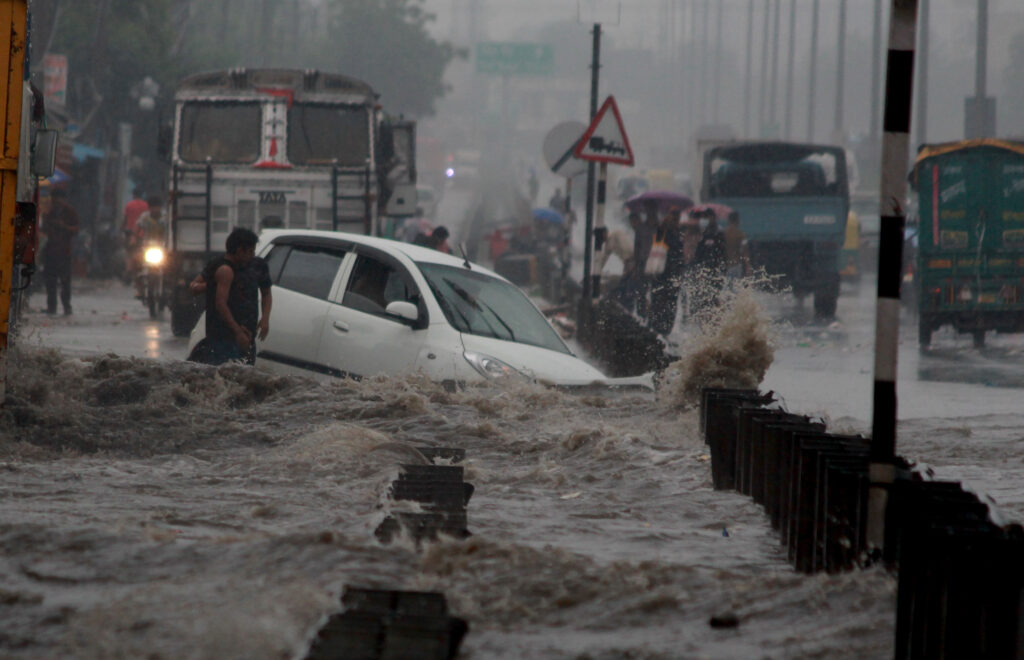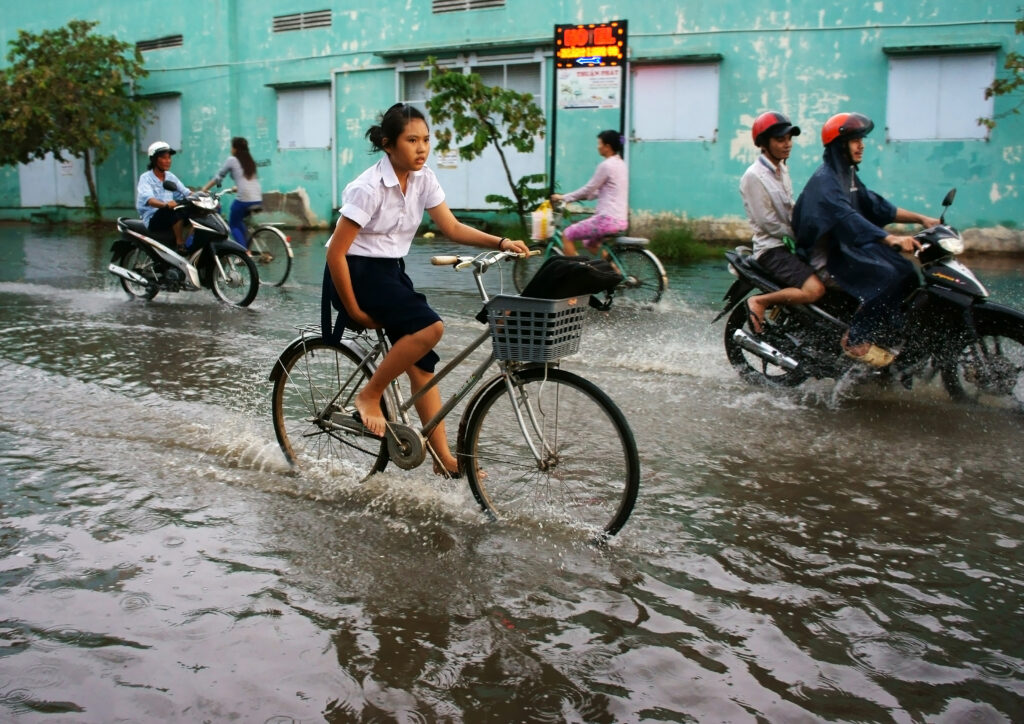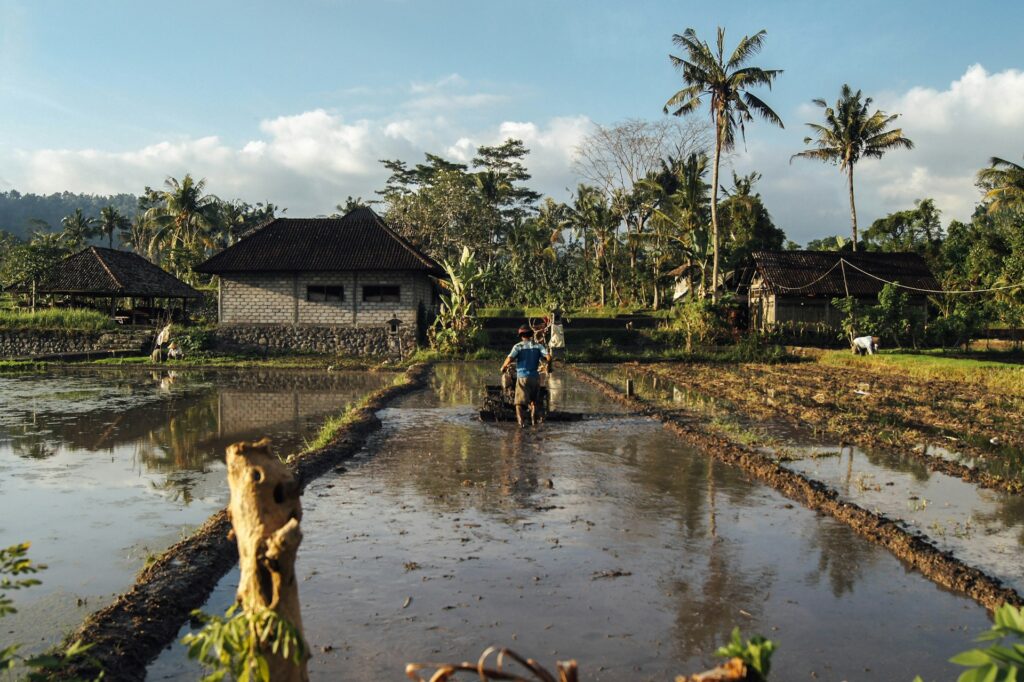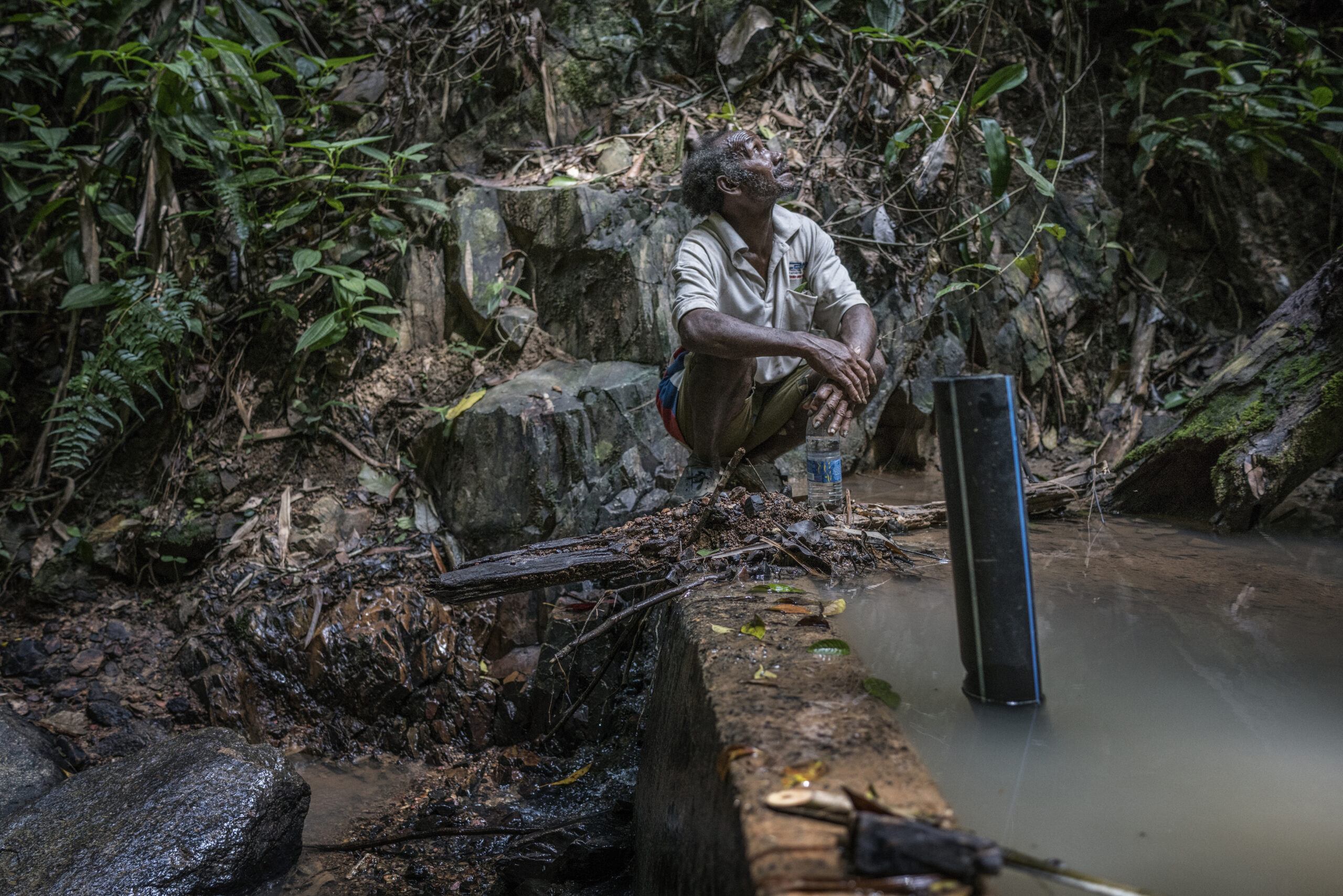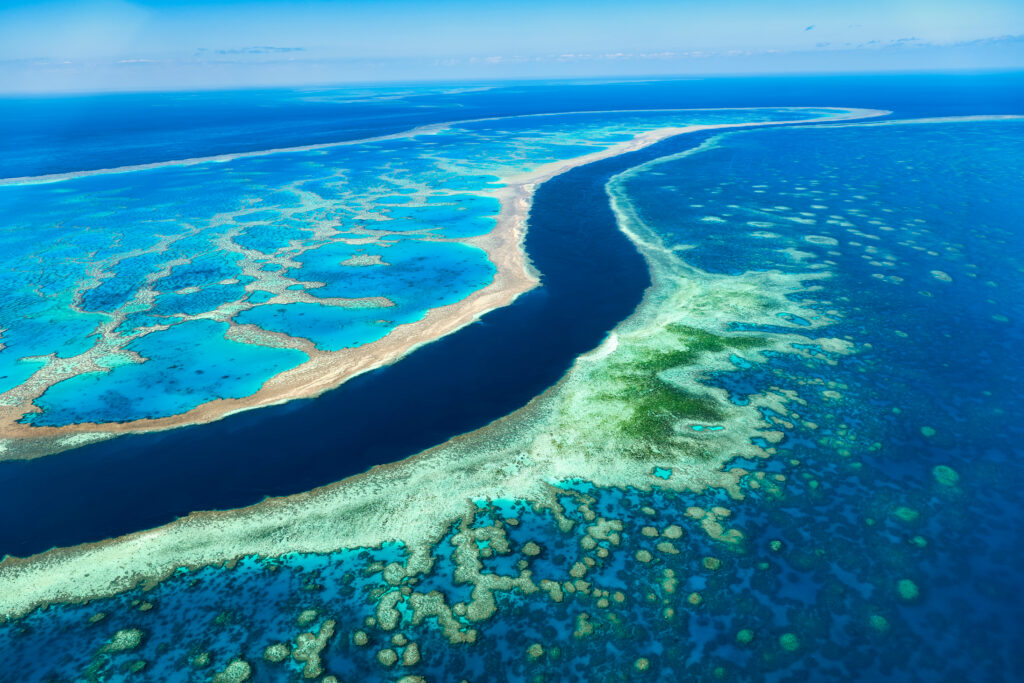“A record-breaking 48.5°C in northern Pakistan followed by deadly rains in July is yet another stark reminder of what the country is enduring at just 1.3°C of global warming above pre-industrial levels,” said Dr. Fahad Saeed, senior climate scientist at Climate Analytics upon the release of a new report by the World Weather Attribution group (WWA). The report tracks the contribution of climate change to the recent floods in Pakistan. “Things will be worse at the Paris Agreement’s temperature target of 1.5°C, but anything beyond this limit would be a death sentence for the poorest and most vulnerable communities in Pakistan,” said Saeed.
The 2035 NDC updates due this year and the upcoming COP3, are prime opportunities for governments to finally commit to phasing fossil fuels out, deliver on promised climate finance and help the most vulnerable deal with the escalating weather disasters.
“Every tenth of a degree of warming will lead to heavier monsoon rainfall,” added Dr. Mariam Zachariah, researcher at the Centre for Environmental Policy, Imperial College London. “This highlights why a rapid transition from fossil fuels to renewable energy is so urgent.”
WWA: Climate Change Made Deadly Monsoon Rainfall in Pakistan 15% Heavier, With Urban Floods Killing Hundreds in Exposed Communities
The multiple storms and torrential rains that have hit northern Pakistan since the beginning of the monsoon season in June triggered deadly floods, killing and injuring over a thousand people and causing widespread destruction.
In an attribution study intended to estimate the contribution of climate change to the extreme weather event, scientists from WWA found that climate change made deadly monsoon rainfall in Pakistan 15% heavier. The analysis, conducted by 18 researchers from universities and meteorological agencies in Pakistan, the UK, France and the Netherlands, found that the 30-day maximum rainfall is around 22% more intense in today’s climate, which has already warmed by 1.3°C. As a result, events like these are no longer particularly rare and will occur once every five years.
“Pakistan’s monsoon has intensified to the point that even months with moderately heavy rain are leading to high death tolls,” said Dr. Zachariah. “The downpours we analysed in northern Pakistan are not record-breaking, but point to a broader trend: climate change is making floods increasingly dangerous.”
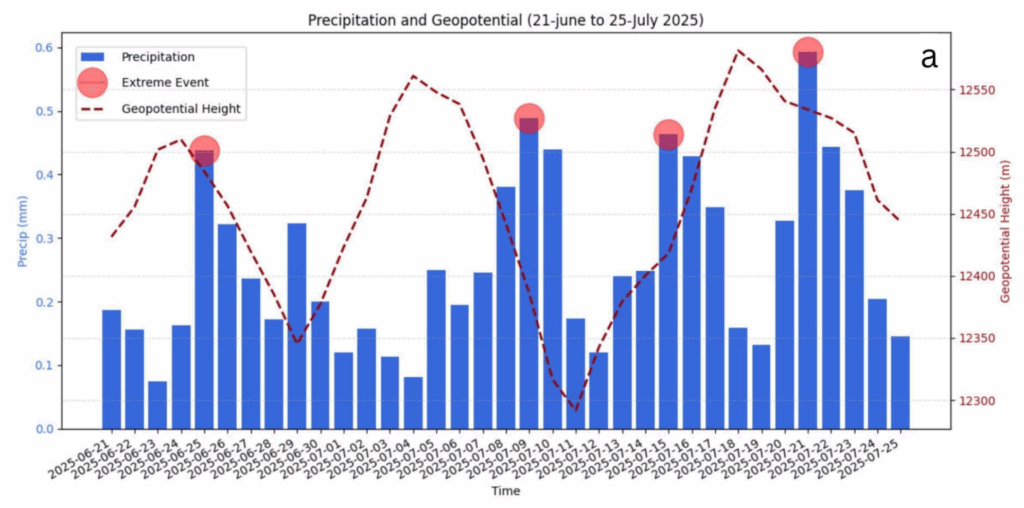
After analysing climate models and quantifying the role of human-induced global warming in the observed changes, the scientists found that two of the models, both known for their more realistic representation of aerosols and irrigation, significant factors influencing rainfall processes in this region, showed increases of 40-80%.
According to the WWA researchers, the main culprits for the increasing frequency and intensity of such weather disasters are the burning of fossil fuels and, to a smaller extent, deforestation.
Children From Vulnerable Communities Make Up Nearly Half of the Death Toll
The flash floods took the lives of over 300 people between June and the beginning of August. Another 715 were injured. According to the WWA’s study, nearly half of the deaths are children, highlighting their particular vulnerability to flooding disasters.
Currently, Pakistan is the fifth most populous country globally. Accelerated rural-urban migration has also made it among the fastest-urbanising nations in South Asia. Notably, the UN estimates that close to half of Pakistan’s 96.4 million urban residents today live in informal settlements, known as “katchi abadis”. According to WWA’s analysis, this includes homes built on riverbanks, drainage basins, and other areas at high risk of flooding.
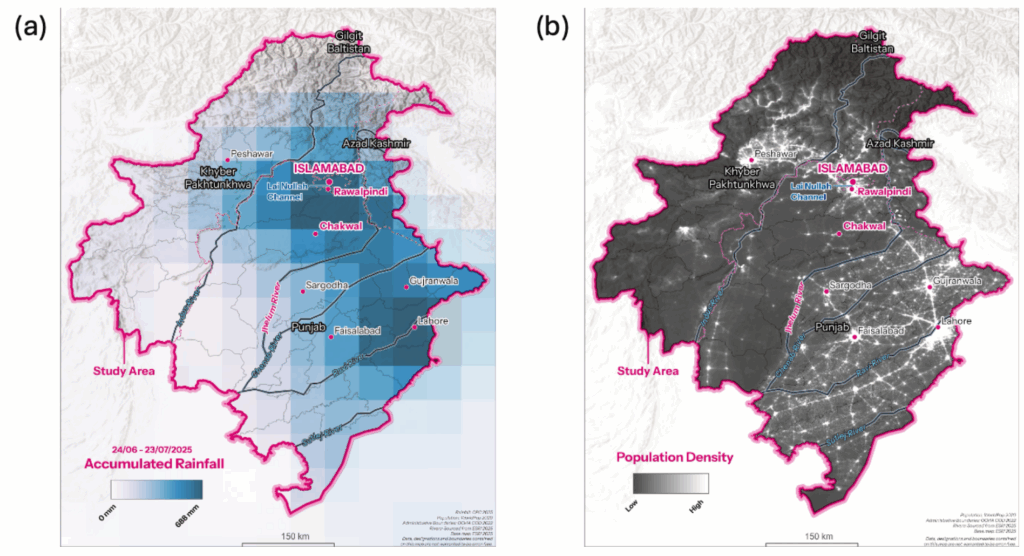
Furthermore, the scientists warn that those homes are often made of mud and rice husk, which makes them increasingly vulnerable to extreme weather events. They estimate that collapsing houses have caused over half (164) of the flood deaths between the start of the monsoon season in June and the beginning of August.
“Death tolls in the hundreds can’t become the new normal each monsoon season in Pakistan,” warns Dr. Joyce Kimutai, researcher at the Centre for Environmental Policy at Imperial College London.
According to the researchers, the studied events highlighted the urgent need to increase resilience in the country and address existing problems such as weak enforcement of building codes, deforestation, and building in flood zones, all of which amplify the scale of damage, especially in urban centres. Effective measures include nature-based solutions such as reforestation and restoring wetlands that can absorb floodwater. Rigorous land use planning, discouraging construction in high-risk areas and enhanced flood early warning systems are other solutions that authorities must prioritise to reduce the number of people exposed to deadly floods, the authors warn.
Nearly All of Asia Succumbed to the Heavy Monsoon Rains
Increased downpours and floods like those that unfolded in Pakistan in July aren’t isolated, but are a problem that is growing in severity and affecting the entirety of Asia. Between May and August, increased monsoon rainfall triggered floods and landslides across South Korea, India, Indonesia, Japan, Australia, the Philippines and Vietnam, taking the lives of dozens and displacing thousands.
Missing People After Severe Rainfall and Mudslides in Japan, August 2025
On Aug. 11, authorities issued the highest level heavy rain warning for Japan’s Kumamoto Prefecture, with up to 40 cm of rainfall, severe flooding and mudslides reported. Due to a rapidly increasing risk of disasters, the national Fire and Disaster Management Agency issued evacuation advisories to over 3 million residents across the southeastern regions.
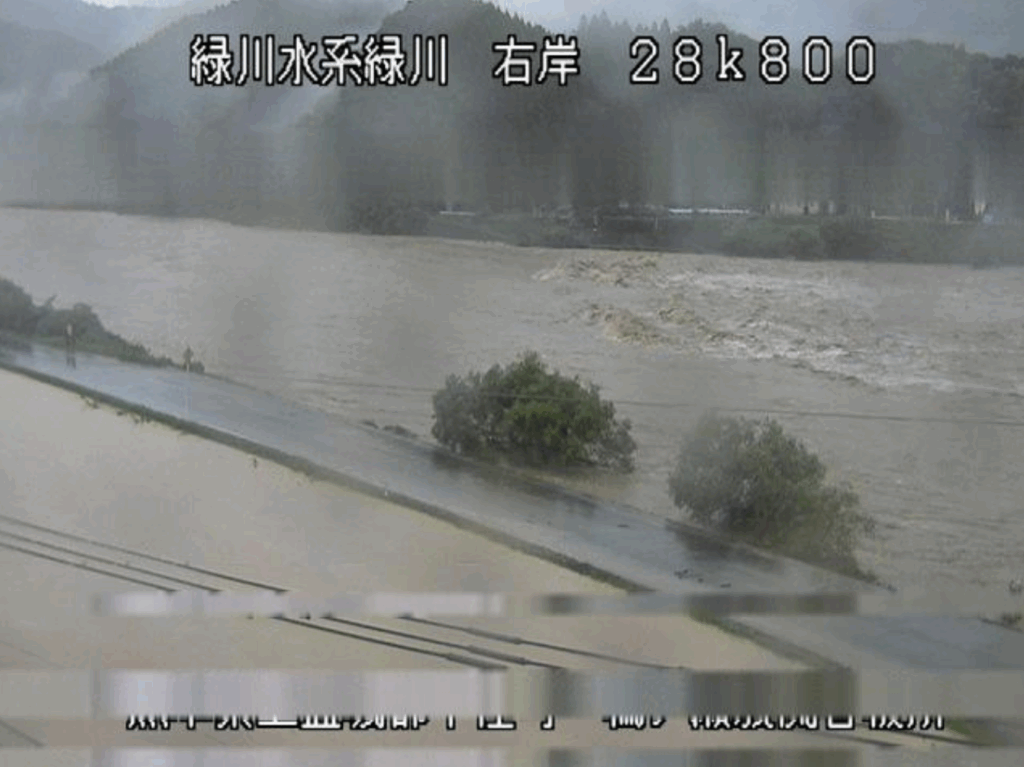
Authorities advised the population of several prefectures to be cautious against landslides and high river water levels, which can cause flooding in low-lying areas. There have also been reports of missing people due to landslides and road flooding.
Some regions, such as Tamana City, witnessed record rainfall, with levels exceeding 37 cm — about twice the average rainfall for the entire month of August.
Over 100 Missing After Flash Floods in Northern India, August 2025
A river of muddy water engulfed the town of Dharali in Uttarakhand state in the midst of the monsoon season. The deadly floods and the following landslide swept away entire homes and apartment blocks. Over 100 people have been reported missing, with four casualties reported at the time of writing. Authorities are fearful that the death toll will increase as search operations progress.
BIG DISASTER #uttarakhnd के उत्तरकाशी के धराली गंगोत्रीधाम से पहले का यात्रा पड़ाव में भीषण आपदा, खीर गंगा में बादल फटने से बहा गांव @News18_UK @AnupamTrivedi26 @pushkardhami pic.twitter.com/sfk9ALazjd
— SUNIL NAVPRABHAT (@SunilNavprabhat) August 5, 2025
According to the preliminary geological assessment, the flash flood brought to the village of Dharali an avalanche of nearly 360 million cubic metres of debris. While early indications of the likely reasons for the disaster point to cloudbursts, a formation capable of releasing massive amounts of rain suddenly, often resulting in flash floods and landslides, activists and scientists insist that climate change was a major contributing factor to the disaster.
The Guardian says that the Uttarakhand region is no stranger to monsoon-related disasters, with flash floods killing over 4,100 people in 2013 and a glacier burst and avalanche taking the lives of over 200 in 2021. While deadly floods and landslides are common during the monsoon season, experts point to the climate crisis and urbanisation as reasons for the increase in their frequency and severity.
Tropical Storm Ravages the Philippines and Vietnam, July 2025
Classified as a typhoon over open water, Wipha made landfall as a tropical storm, wreaking havoc across Hong Kong and parts of China at the end of July. The storm then moved to the Philippines, where it left five people dead and displaced thousands. It then hit Vietnam and brought sustained winds of over 102km/h.
According to reports, at least 20 storms or typhoons strike the Philippines each year, with the country’s poorest regions typically the hardest hit. However, last year, a record six typhoons hit the Philippines in 30 days. Scientists were puzzled, noting that normally, only three named storms hit around that time of the year, with just one of them reaching super typhoon status. In 2024, three were classified as such.
Meanwhile, in China, the Guizhou province in June saw what the state media classified as “exceptionally large floods” that claimed the lives of at least six people and prompted the evacuation of over 120,000.
At Least 18 Dead After Floods and Landslides in South Korea, July 2025
Days of torrential rain triggered devastating floods and landslides, killing at least 18 people in South Korea in July. The downpours, which began on July 16, brought some of the heaviest hourly rainfall on record in some provinces. The country’s south was the most significantly affected.
The disaster prompted the evacuation of over 14,000 people from the region, with more than 41,000 households temporarily losing power. The raging floodwaters caused severe damage to thousands of roads and the equivalent of 40,000 soccer fields growing rice, watermelon and other produce. They also triggered widespread death of livestock, with nearly 1.5 million animals lost.
At the beginning of August, another instance of torrential rainfall impacted the southern regions of South Korea, causing widespread flooding that resulted in casualties, damage and the evacuation of 2,500 people.
Deadly Floods in New South Wales, Australia, May 2025
A dedicated study by the WWA found the wettest four-day rainfall events were about 10% more intense and twice as likely compared to the pre-industrial climate. The extreme weather event killed five people, stranded over 50,000, and forced rescue operations for 700. Thousands of homes were damaged, with almost 800 declared uninhabitable. The WWA scientists urged eastern Australia to prepare for more dangerous floods as the climate warms.
“Continuing to burn fossil fuels will only increase the risk that more Australians will die in extreme weather,” said Prof. Friederike Otto, associate professor in climate science at the Centre for Environmental Policy, Imperial College London, about the devastating events. “Shifting to renewable energy is key to building a safer, more stable future for everyone.”
Governments Must Submit Ambitious NDCs to Save the Most Vulnerable
According to the UN, Asia accounts for 52.2% of global energy-related CO2 emissions, with a growth rate of 33% from the 2010 emission levels. At the same time, it is the world’s most disaster-hit region from weather, climate and water-related hazards. As a result, Asian nations hold the keys to alleviating the worst impacts of the climate crisis by submitting ambitious decarbonisation and climate action targets in the 2035 NDC updates due before COP30.
However, to date, only two Asian nations, Japan and Nepal, have submitted a 2035 NDC. Neither is compatible with the 1.5°C target. In the case of Japan, the world’s fifth-biggest carbon emitter, the 2035 emission reduction target of 60% compared to 2013 levels is significantly below the required 81% for aligning with the Paris Agreement. In fact, globally, as of the start of August, there are just 28 updated NDC submissions, covering 21% of the total GHG emissions. The UK has the only one aligned with the 1.5°C target.
“The impacts of more than 250 years of fossil fuel burning are painfully evident in Pakistan. We’ve hit 1.3°C of warming and are heading for 3°C this century if countries keep burning oil, gas and coal,” says Prof. Otto. “Continuing to do so is a political decision, not a necessity, as all knowledge and technology are available to shift to renewable energy, lower demand and halt deforestation, to bring down warming and lessen the costs of extreme weather.”
Doing so also offers a massive economic opportunity for preserving key sectors vulnerable to the climate crisis and reducing climate change adaptation and loss and damage costs. This is particularly important for countries like Indonesia, where the government recently announced national budget cuts for disaster sector funding to agencies in charge of search and rescue, disaster management and weather analysis, worth over USD 150 million. Soon after the announcement, floods inundated Jakarta and Bekasi, affecting over 120,000 people and causing economic damage amounting to USD 300 million.
Most importantly, pledging more ambitious decarbonisation targets, scaling up climate finance for developing and low-income countries and accelerating climate action will ensure that the most vulnerable, especially children, who suffer the most, aren’t left alone.
The Global South Needs Help In Dealing With the Climate Crisis
“Pakistan is on the frontline of climate change. It is enduring temperatures above 50°C and relentless droughts, wildfires and catastrophic floods fueled by extreme monsoon rains and rapidly melting glaciers,” warns Prof. Otto.
This monsoon season brought back the painful memories of devastating and deadly flash floods, which in 2022 took the lives of over 1,700 people and caused over USD 40 billion in economic damage in Pakistan. The WWA warn that Pakistan needs around USD 152 billion for adaptation between 2023 and 2030, the majority of which remains unfinanced. According to reports, without large-scale transformative adaptation, extreme weather could cost Pakistan an estimated USD 1.2 trillion by 2050.
The country, which is responsible for about 0.5% of historic carbon emissions, ranks as the 152nd least ready for climate impacts. “This is a sadly familiar story for developing countries in the Global South,” notes Dr. Kimutai, highlighting the growing injustice for developing nations and how they suffer from problems that they have hardly contributed to. “Rich countries that are responsible for climate change have pledged billions in adaptation finance, but where is the money?”
Viktor Tachev
Writer, Bulgaria
Viktor is a writer that specialises in green finance and ESG investment practices. He holds a Master's degree in financial markets and has over a decade of experience working with companies in the finance industry, along with international organisations and NGOs. Viktor is a regular contributor to several publications and comments on the likes of sustainability and renewable energy.
Viktor is a writer that specialises in green finance and ESG investment practices. He holds a Master's degree in financial markets and has over a decade of experience working with companies in the finance industry, along with international organisations and NGOs. Viktor is a regular contributor to several publications and comments on the likes of sustainability and renewable energy.

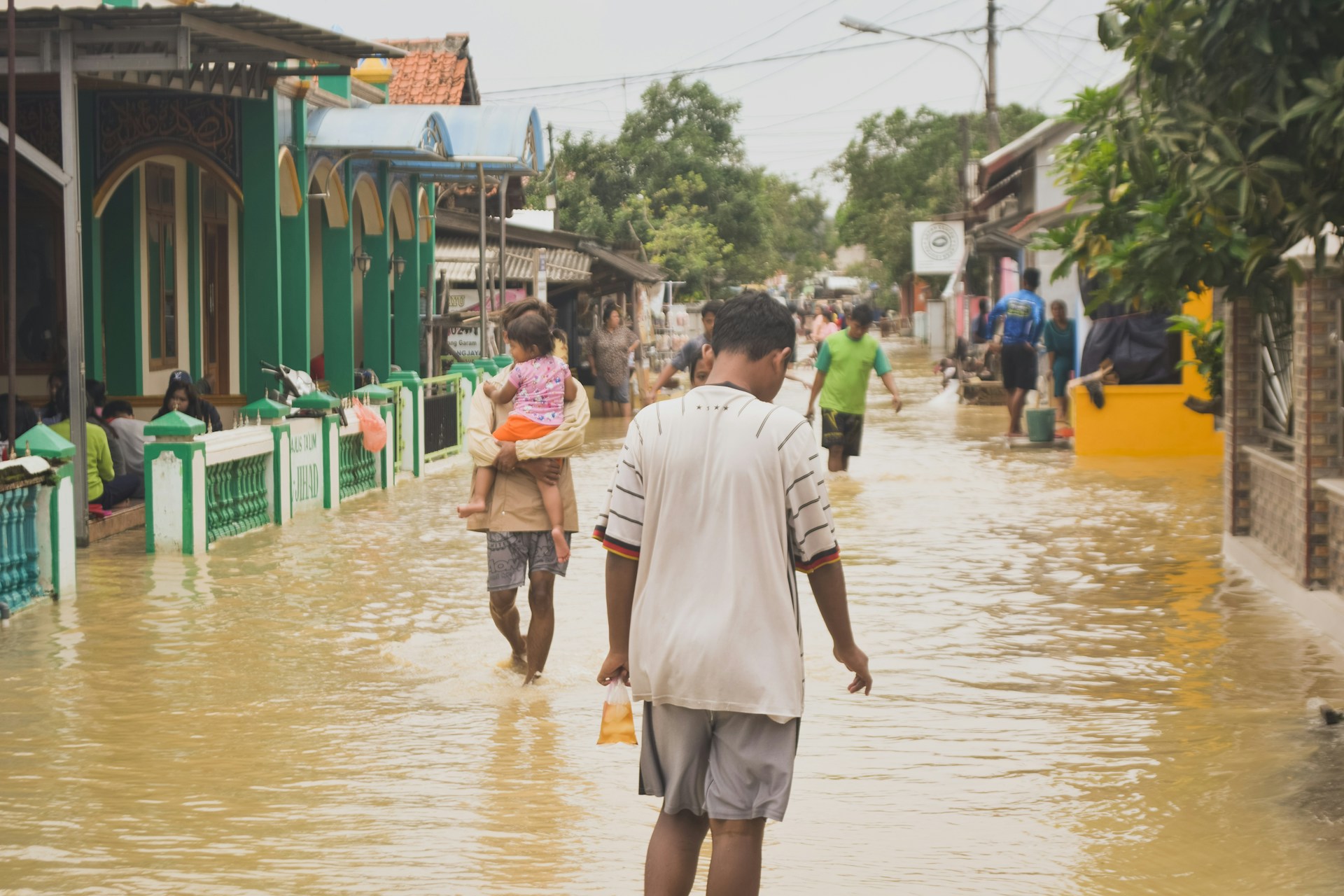
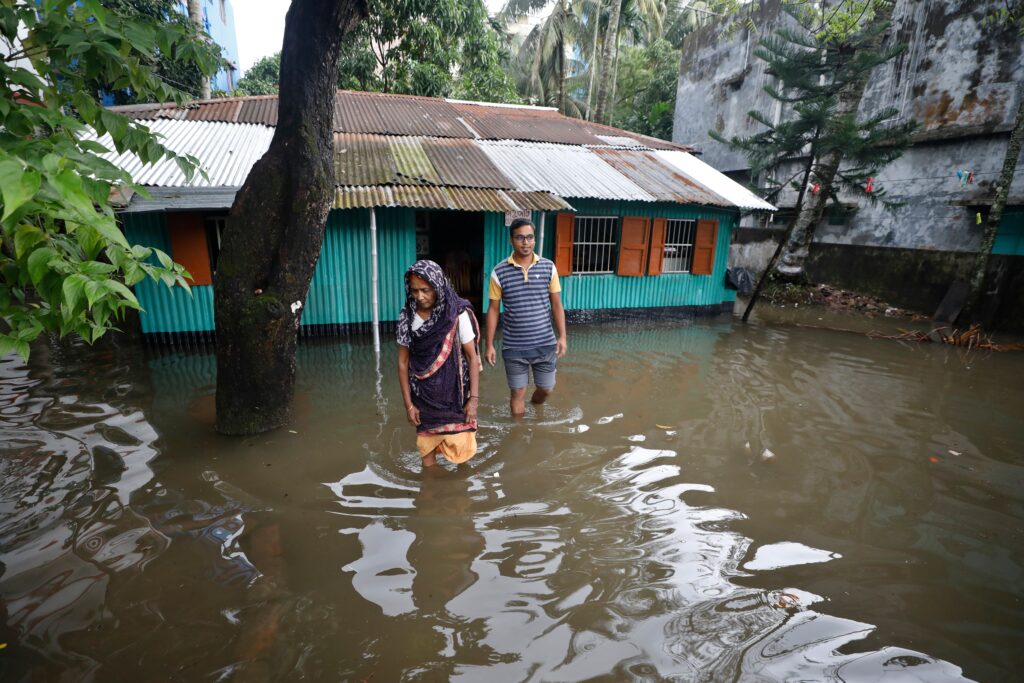

![Asia’s Water Crisis: Floods, Storms and Rising Seas [Part One]](https://www.climateimpactstracker.com/wp-content/uploads/2025/10/shutterstock_2020796807-1-1024x576.jpg)

